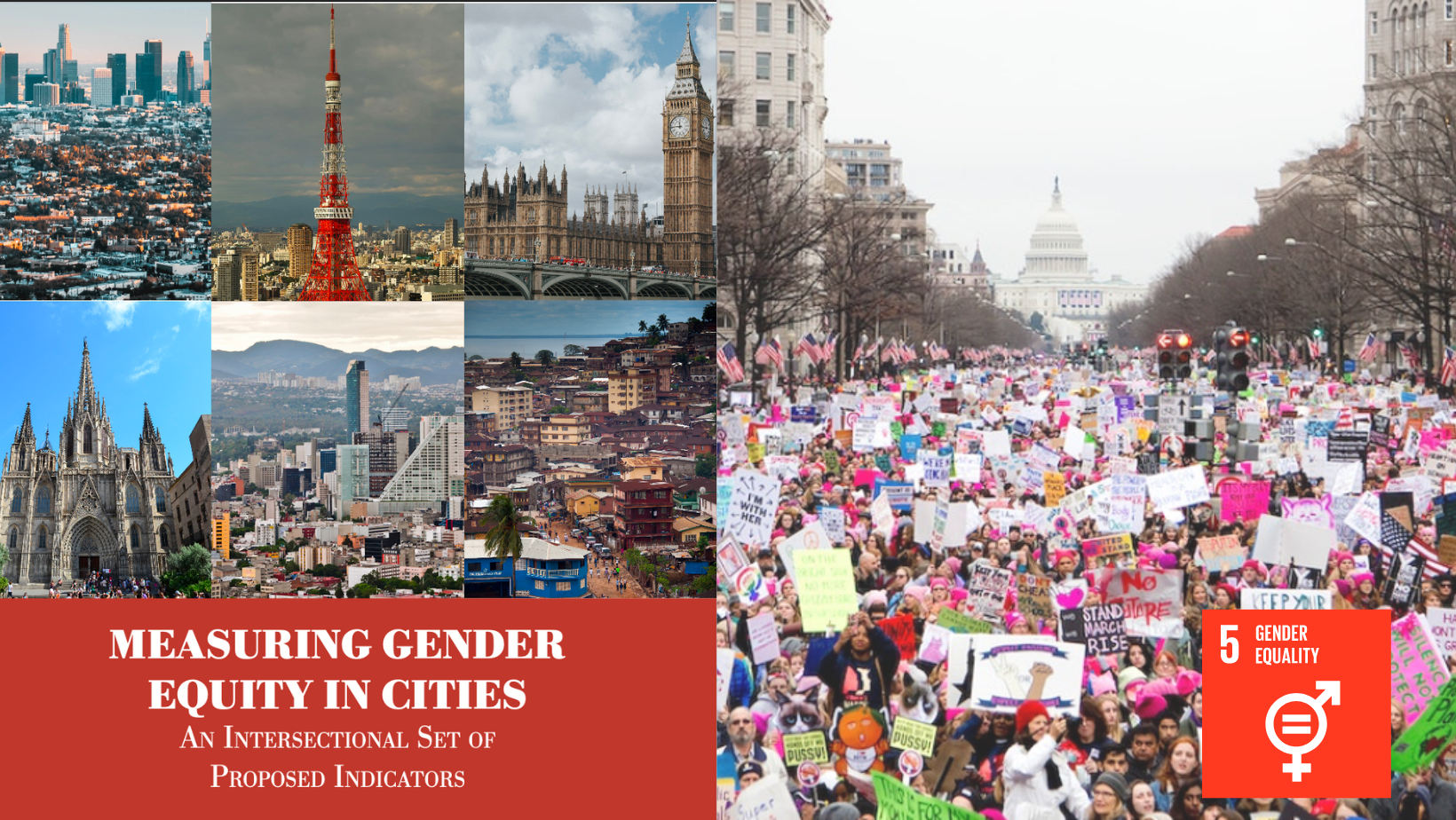
Students worked with the Mayor's Office to propose a set of indicators to measure gender equity in cities.
Their final report encourages cities to look “beyond the gender binary” to incorporate sexual orientation, gender identity, and gender expression to create a more gender inclusive set of data that measures progress on equity.
The Spring 2021 Task Force focused on SDG5: Achieve gender equality and empower all women and girls. Thirteen students were tasked with proposing a set of indicators to measure gender equity for a newly launched global network of cities called the City Hub and Network for Gender Equity (CHANGE), of which Los Angeles is a founding member. Students researched existing global gender equity indicators and localized them to the city level. The final report proposes fifty-two indicators across six thematic areas of city life: Health & Related Services, Economics, Labor & Well-being, Schooling & Education, Gender-Based Violence & Security, Governance & Public Life, and Built Environment. The proposed indicators explicitly recognize intersecting inequalities predicated upon race, class, religion, ethnic origin, and disability, and the report encourages cities to look “beyond the gender binary” to incorporate sexual orientation, gender identity, and gender expression to create a more gender inclusive set of data that measures progress on equity.
Read the executive summary or full report.
